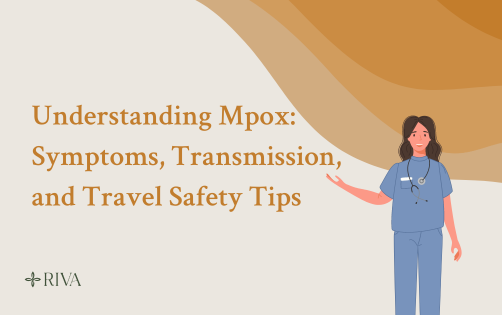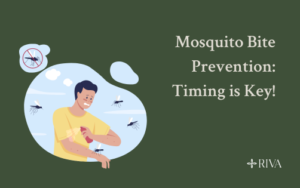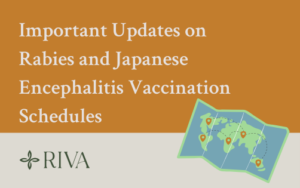Some of the most commonly asked questions we are receiving at the minute are around Mpox (previously known as monkeypox). In order to understand the virus, we first must run through the symptoms and how it is transmitted, so you can take preventative measures if and when you’re travelling.
What is it?
Mpox is a virus that was first identified in monkeys, and it has recently been declared a public health emergency by the World Health Organisation (WHO), particularly across Africa.
The virus primarily spreads through prolonged close contact or sexual transmission. It can also be transmitted through contaminated medical equipment, clothing, or from infected animals. Additionally, transmission can occur from a mother to their child.
What are the Symptoms of Mpox?
One of the main signs is a painful rash that typically appears on the skin, genitals, or mucous membranes and can last 2 to 4 weeks. This rash can resemble other sexually transmitted infections, making diagnosis sometimes difficult. Other symptoms can include fever, headache, muscle pain, and swollen lymph nodes.
The virus is a greater risk to those with weakened immune systems such as pregnant women, children and those with long term health conditions. In severe cases, Mpox can lead to significant health complications, especially to those mentioned above.
How do you prevent and treat Mpox?
Treatment for Mpox generally focuses on managing symptoms and preventing complications. While the virus often goes away on its own, receiving other care may be needed, depending on symptoms. This includes addressing the rash, pain, and other symptoms to improve patient comfort and aiding in recovery.
The MPXV vaccine is most effective when administered within 4 days of exposure to someone with Mpox, though it can still be given up to 14 days after exposure if symptoms are not present. Currently, this vaccine is available only through the NHS and is not offered privately.
Travel and Safety Advice
For those travelling to area’s where Mpox is present (currently in Africa), it’s important to stay up to date and remain cautious when travelling. Understanding the symptoms and how it can be transmitted from one person to another, can help in reducing the risk of infection. Monitoring for any signs of rash and avoiding close contact with infected individuals are the best ways to lower your chance of becoming infected.
Conclusion
Understanding the symptoms of Mpox as well as how it is transmitted, will help keep the spread of the infection low, especially when travelling to countries that currently have a high infection rate.




